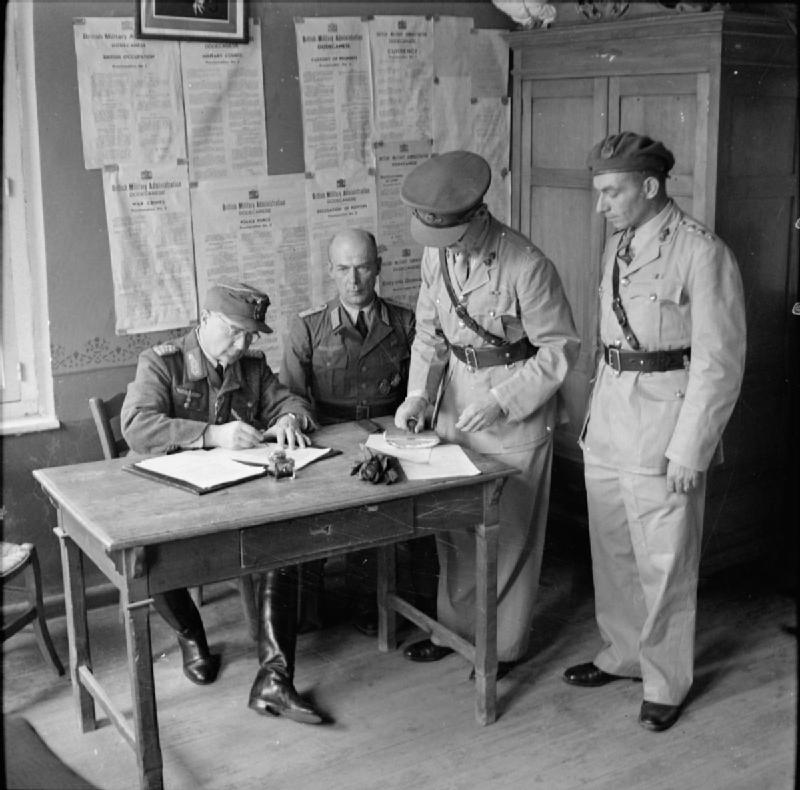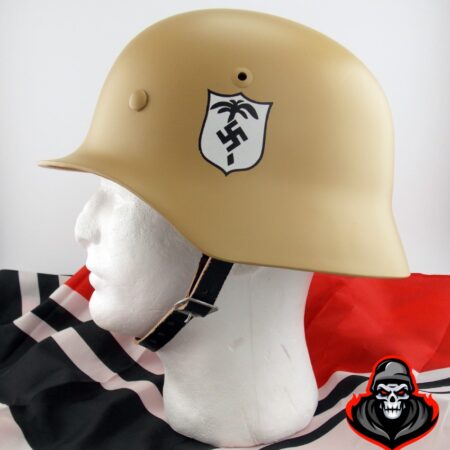Much of our perception of the latter stages of the Second World War is often focused exclusively on the Western and Eastern Fronts as the Western Allies moved east from France into Germany and the Russians barreled through Poland towards Berlin. But there were several other fronts being opened and fought in during 1944 and into 1945. These might not have been the main theatres of the war, but they often served to draw vital German resources away from France and Poland in ways which sped up the Allied advance along these fronts. In this respect these forgotten fronts were significant.
One such front was opened in Greece and the Greek islands in the summer of 1944 beginning with the mightily successful raid on the island of Symi in mid-July of that year. This was codenamed Operation Tenement. The island of Symi lies within the chain of islands known as the Dodecanese Islands off the southwest coast of Turkey, though which are part of the Greek Islands today. These had formerly been part of the Ottoman Empire and had been granted to Italy at the end of the First World War, but the British had attempted to occupy them in the early winter of 1943, leading the Germans to intervene militarily here to secure the islands as a precaution against any efforts to open a new southern front in Greece. Operation Tenement would be the start of a new effort to do so in the summer of 1944.
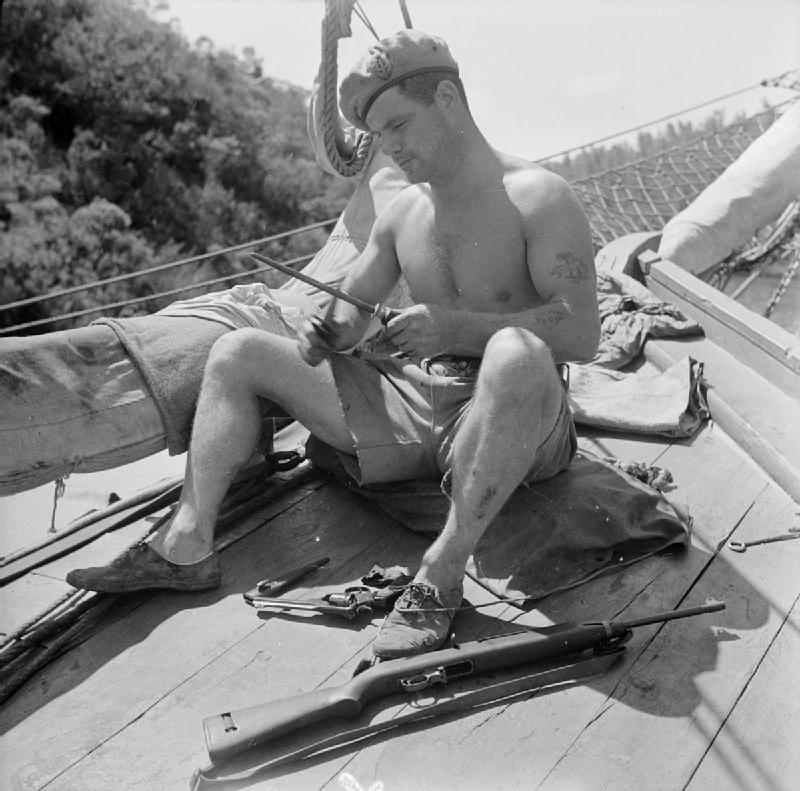
Planning for the raid on the island of Symi was underway from the early spring of 1944 onwards. The forces assigned were 100 men of the British Special Boat Squadron or SBS, a special-forces unit attached to the Royal Navy and 224 men of the Greek Sacred Band. The Sacred Band or Sacred Squadron was a Greek special forces unit which had been formed by Greek military officers in exile in the Middle East in 1942. It had subsequently fought in the Western Desert Campaign but was looking to begin operating back on or as near to Greek soil as possible. Operation Tenement would present them with that opportunity. The SBS unit would be led by Major Ian Lapraik, while the Sacred Band division was commanded by Christodoulos Tsigantes.
By mid-spring the two units were in Haifa in the Middle East training for the mission before moving onto Turkish soil closer to the Dodecanese Islands to prepare for the launch. The Turkish government by now had taken a stance that it would tolerate small Allied troop divisions moving through Turkey. The mission would have three objectives: to destroy as many of the German ships stationed at Symi as possible, to secure a high point on the island known as Molo Point and finally to capture a castle above the main harbor on the island, a fortress which the Germans had stationed much of their forces around.

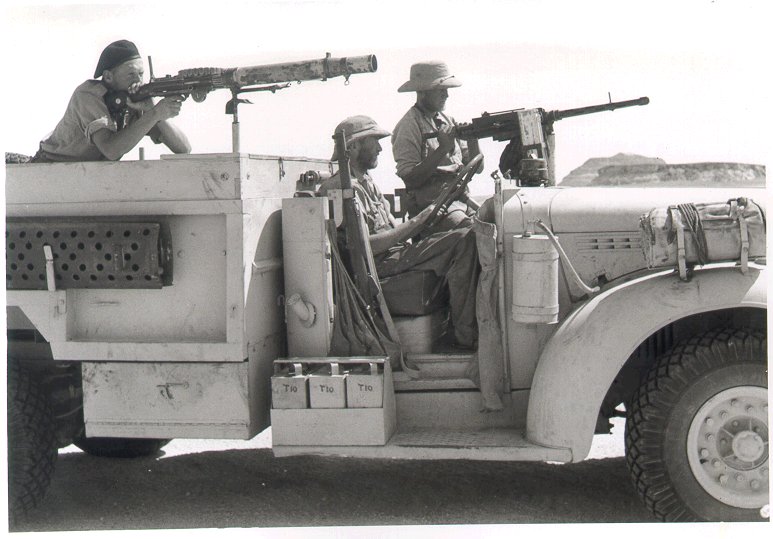
The mission was launched late on the 13th of July 1944. Under the cover of darkness the 300+ men landed on the island of Symi on board a range of small motor launchers and other fishing and small sail vessels. At dawn on the 14th the attack was launched. The main harbor at Symi was hit first in a surprise attack which captured the garrison of German and some residual Italian troops before they could respond. Meanwhile some of the Greek Sacred Band had moved towards Molo Point where they too managed to capture a band of German troops and force their surrender with limited fighting. It now remained to seize the castle above the harbor. Having secured the surrounding region Lapraik and Tsigantes ordered their troops to deploy mortar fire against the battlements, while also peppering the exterior with machine gun fire. Realizing that their position was futile the Italian commander within surrendered after several hours of intense bombardment.
The British and Greeks had now effectively achieved their goals. But having done so with little difficulty they elected to head further inland and also secured a monastery there which was the last Axis fortified position on the island. Symi had effectively been secured entirely. However, the intention had never been to occupy it permanently and with the Luftwaffe beginning to make extensive raids over the island Lapraik and Tsigantes decided to withdraw from the island. Demolition charges were planted around the island on all the major gun-points and the harbor was lined too, along with the German vessels stationed here. Then the Allies pulled out on the 15th, destroying two German motor launches and an E-boat which had been sent towards Symi on their way.

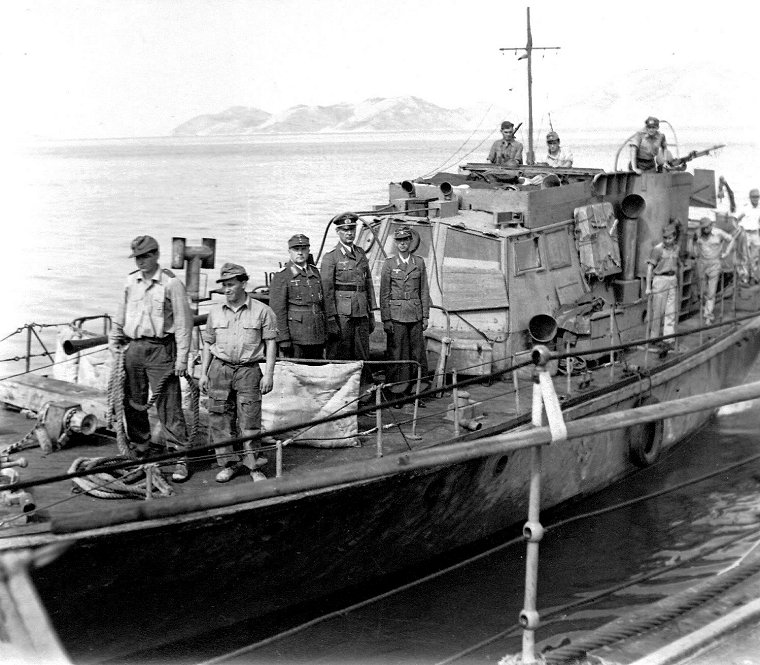
The mission had been a striking success. Just a handful of the SBS and Sacred Band men were killed, with less than a dozen wounded. By way of contrast 21 German soldiers were killed and approximately 150 were captured. Furthermore the German E-boat, the name of the fast attack craft of the Kriegsmarine, and two barges were sunk, along with nearly two dozen caiques, a type of fishing vessel which the Germans had repurposed in the Dodecanese as transport boats. The island’s strategic value had also been greatly diminished by destroying the defensive sites and effectively blocking the harbor with rubble. By any standard this was a highly successful raid.
Operation Tenement was not just significant for the massive military success of the raid itself. It was the first step in the opening of a new small front in the war across the Greek islands and the mainland. In the weeks and months that followed the SBS and the Sacred Band were active in further raids on German occupied islands across the Aegean Sea. By the end of the year missions were being launched against the mainland around the Peloponnese and Albania and the Sacred Band’s activities were leading to several divisions of German troops being held down in Greece, men which could now not be diverted to the Western and Eastern Fronts. In this respect this action was significant in 1944 and 1945. As a symbol of the importance of the raid on Symi it was on this small island that the German regional commander, General Otto Wagener, finally surrendered to the Allies in the early summer of 1945. The island was occupied by the British for over two years before being granted to Greece in 1948.
